Maruti Suzuki used to have a stranglehold on the Indian market because there was no competition at the time. The year 1996 followed. And there emerged a competitor in the field for India’s largest automaker. Hyundai Motors of South Korea was the manufacturer. Since then, the firm has produced both high-end and low-cost vehicles. However, in the auto sector, discontinuity is unavoidable. Take a peek at ten such forgotten Hyundai cars that previously prompted Maruti to rebuild their vehicles to meet the ambiance.
Table of Contents
HISTORY IN INDIA and FORGOTTEN HYUNDAI CARS
The Hyundai Motor Company of South Korea established Hyundai Motor India Limited on May 6, 1996. When Hyundai Motor Company first entered the Indian automotive industry in 1996, the Hyundai brand was almost unknown in the country. There were five major automotive manufacturers in India at the time of Hyundai’s arrival in 1996: Maruti, Hindustan, Premier, Tata, and Mahindra. Daewoo joined the Indian vehicle market three years ago with the Cielo, whereas Ford, Opel, and Honda arrived less than a year ago.
The famous Santro debuted on September 23, 1998, and was an instant hit with the country’s hatchback searchers. It was the very first automobile to come out of Hyundai’s stables in India.
Maruti Suzuki had a near-monopoly in the passenger car category for further than a decade before Hyundai came since Tata Motors and Mahindra & Mahindra were purely utility and commercial vehicle makers, while Hindustan and Premier both were behind in terms of perceived quality.
Hyundai Getz
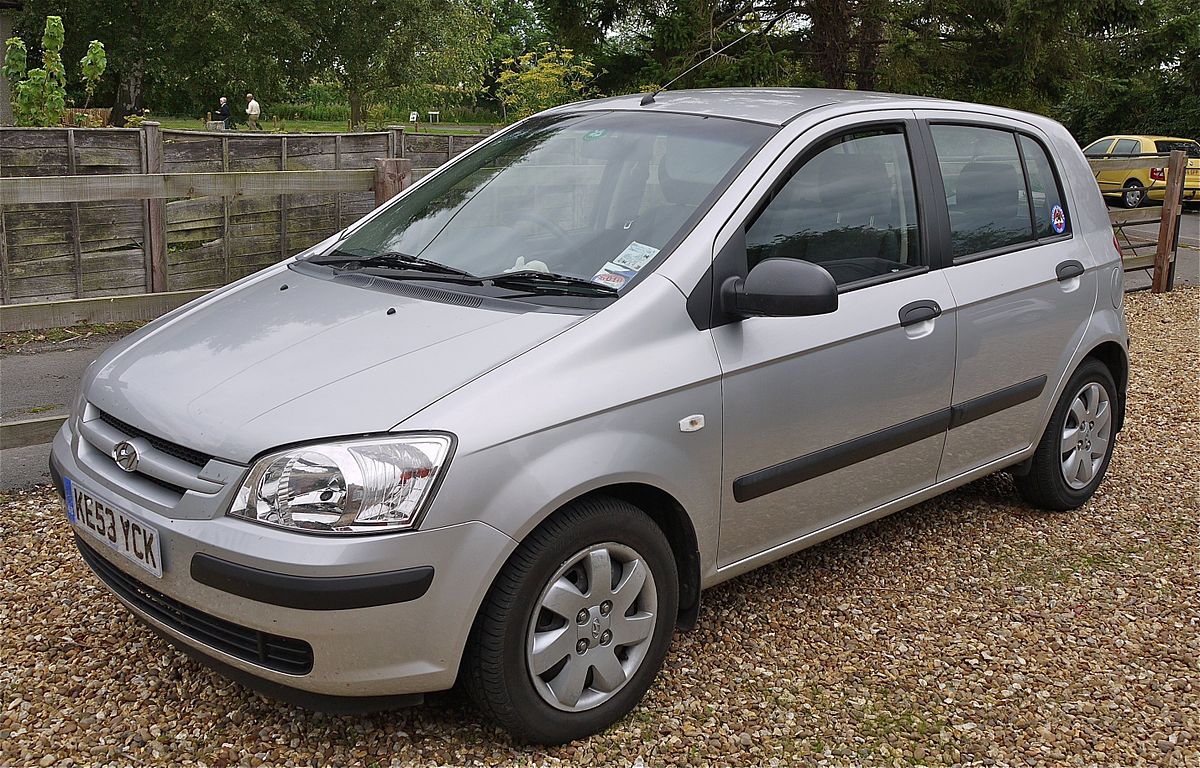
In India, a stunning hatchback debuted in 2004 and had a good brief run. Getz was launched at a period when there wasn’t much competition in the sector, and it was powered by a 1.4-liter DOHC petrol engine that produced 81.86hp and 115 Nm of peak torque. It got 15.6 kilometers per gallon. Hydraulic lifters, power windows, rear window rear defroster, rear reading lights, remote fuel lid release, and many more conveniences were included. However, when Maruti Suzuki released the Swift, sales plummeted. Getz was withdrawn by the firm in 2007. It was a promising car that ultimately became forgotten.
Hyundai Santa Fe
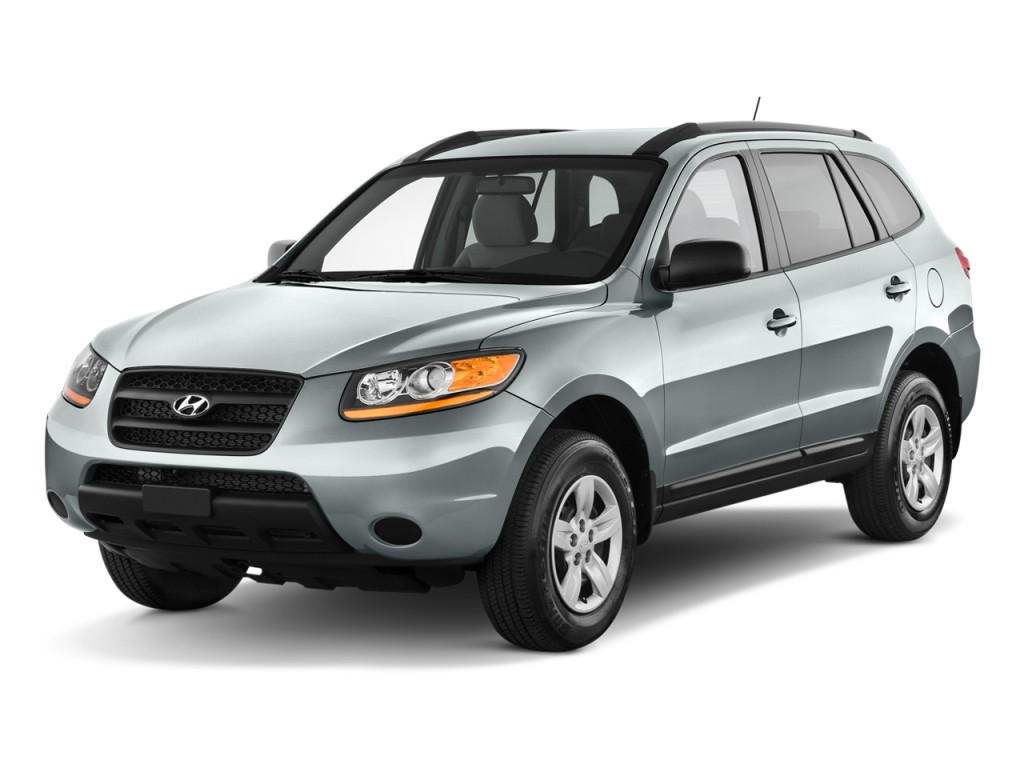
Santa Fe was Hyundai’s first SUV, and it was a hit in the United States. As a result, the corporation chose to move it to India as a CBU. However, the high price proved to be a deterrent, since the Indian buyer had other alternatives, such as the Toyota Fortuner. Due to low sales, Hyundai had to retire the Santa Fe. The 2.4-liter engine-powered SUV, on the other hand, would have been a hit among luxury SUV purchasers if it had been developed in-house.
Download GaragePro App for Android
Hyundai Elantra
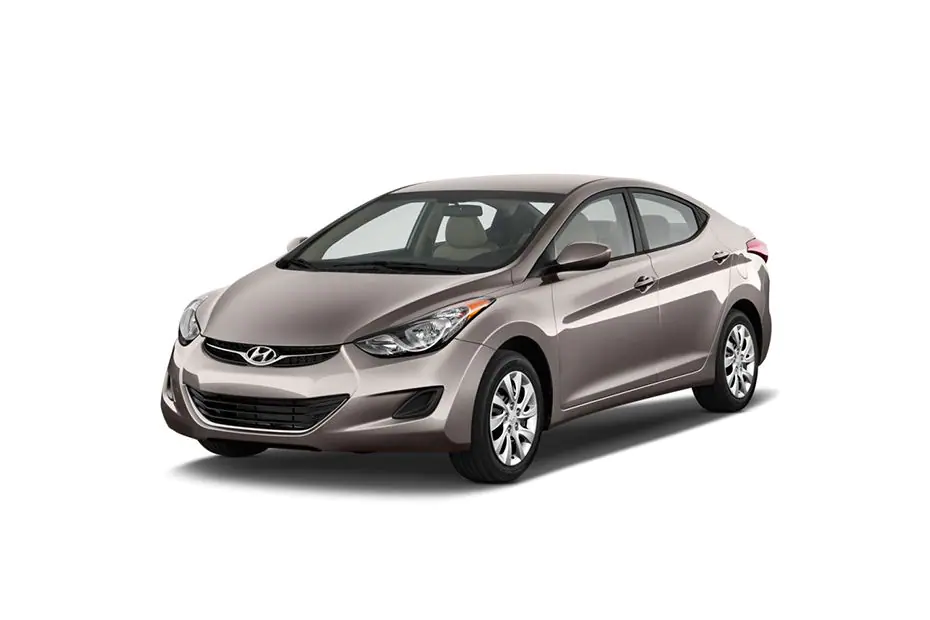
Elantra 6th generation is now available in India. But how many of you recall the Elantra with the grooved grille? Yes, I’m referring to the fourth-generation Hyundai Elantra. The multiple luxury cars were driven by a 1.6-liter petrol engine that produced 119hp and 153 Nm of torque. However, it was pitted against the other Toyota, the Corolla. And the rest is history.
Hyundai Sonata Gold
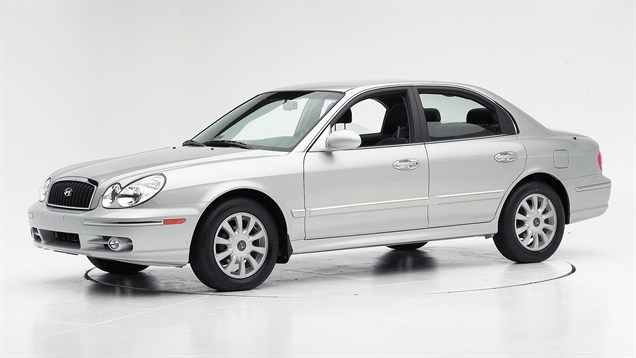
Sonata was a strong automobile designed for the upper class. Power steering, power windows, electrically adjustable mirrors, ABS, luxury upholstery, and other equipment were included. The luxury had a new moniker in the market, and it was powered by a 2.4-liter MPFi Petrol engine that produced 165hp of power and a peak torque of 236Nm. But, once again, competitors prevailed. Sonata Gold was defeated in a race against the Honda Accord and Toyota Camry. The sedan was discontinued by the Korean automaker in 2005. A forgotten Hyundai car that could have made its place in the luxury segment in India.
Hyundai Sonata Embera
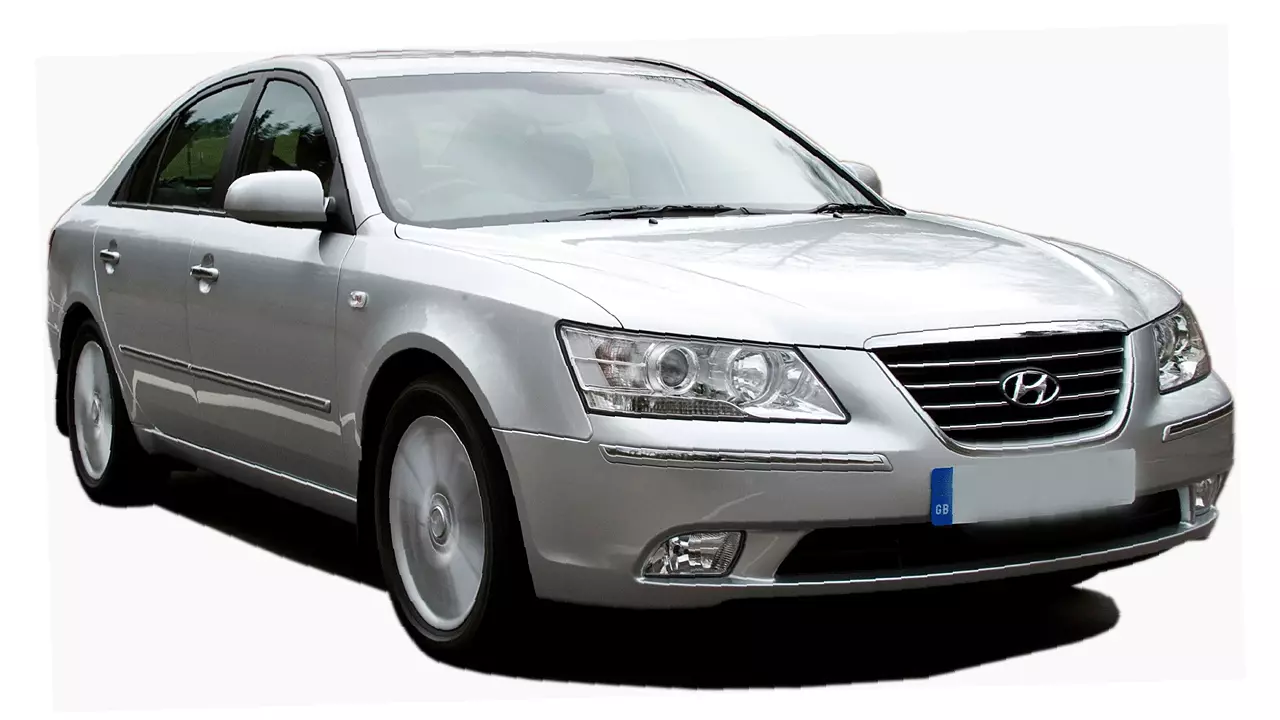
The Korean corporation was eager to promote its luxury products to the Indian market. As a result, despite the failure of Sonata Gold, the business launched the superior luxury, Sonata Embera. However, the corporation was unable to comprehend the current customer trends. The Sonata Embera was the most expensive Hyundai at the time, thanks to its strong engine and ultra-luxurious interior. As a result, it suffered the same fate as its sister.
Hyundai Accent Viva
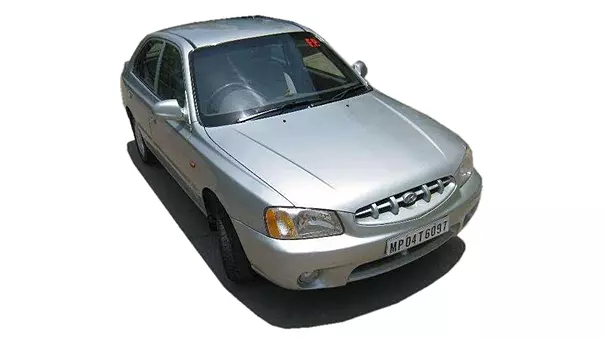
The Accent came in and dominated the real estate market. Hyundai chose to produce a more sporty, yet cheap, vehicle for India’s young. It was propelled by a 1.5-liter CRDi engine. However, the Viva was unable to gain traction in terms of sales and was shortly discontinued.
Hyundai Tucson
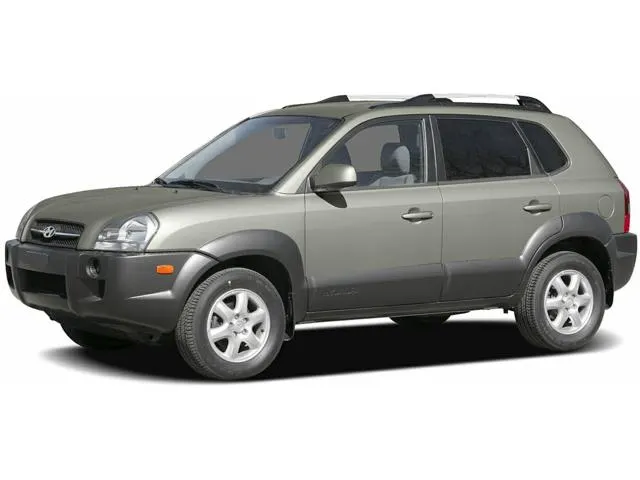
The first-generation Hyundai Tucson, which was influenced by the 2004 Kia Sportage, failed miserably in India. The SUV was powered by a 2.0-liter petrol engine that produced 139hp and 184 Nm of torque and was based on the Elantra chassis. Despite being mild-powerful for the period, the looks were the primary reason for the spirit of quest’s non-selling performance. The outrageous cost fueled the fire. It was forgotten but has been launched again recently.
Hyundai Santro ERLX
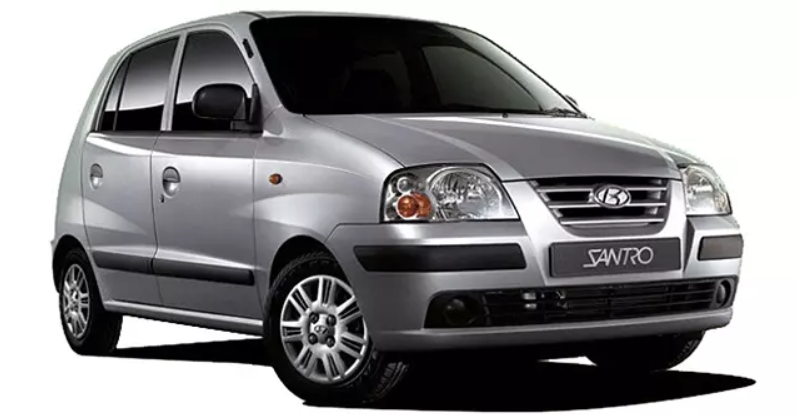
Hyundai built a name for itself with the Santro. When it was introduced in 1998, the family hatchback quickly became a household name. A 1.0-liter Epsilon petrol engine powered the ERLX. As the carmaker’s debut vehicle, Indian buyers were ecstatic since the design components of the Santro differed from what typical hatchbacks looked like at the time.
After its introduction, this automobile proved so popular that Hyundai rose to become the country’s second-largest automaker and first-largest exporter. Since then, the automobile has had substantial facelifts and modifications and is still in production, despite the fact that the ERLX variant has been retired. The ERLX can still be found in excellent condition because certain owners adore the hatch.
Download GaragePro App for iOS
Hyundai Terracan
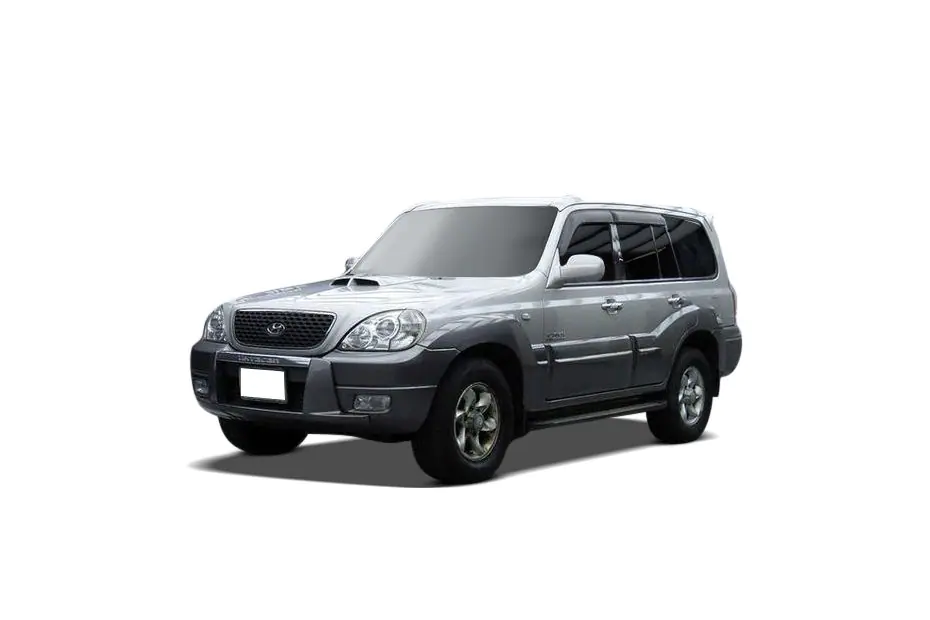
The full-sized SUV first appeared in India in 2003. This is what Terracan was lacking. It all comes down to time. The SUV, while being well ahead of its time, was unable to attract buyers. It was powered by a 3.0-liter diesel engine that generated 148hp and 343 Nm of torque. This was complemented with an All-Wheel-Drive (AWD) system, all of which was mounted on a ladder framing structure. The style was likewise futuristic. The SUV was a full package since it included elegance and capability.
Hyundai Eon
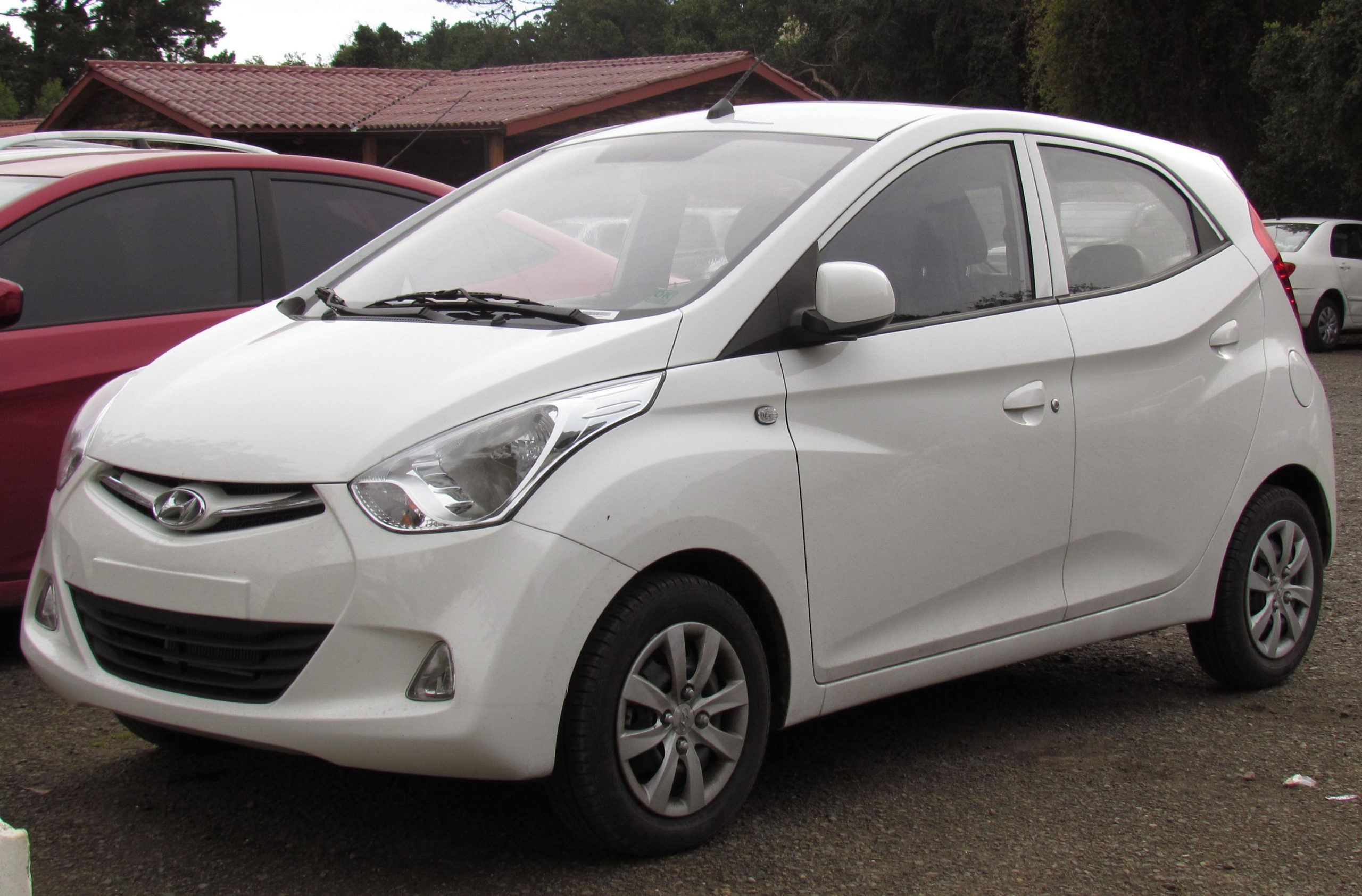
Eon was first introduced in 2011. It was marketed as a tiny hatchback to compete with rivals such as the Datsun Go and the Maruti Suzuki Celerio. It had a 1.0-liter engine, which was enough for a car of its size. The Eon had a good run on the marketplace. However, Hyundai was forced to abandon the model since it did not meet the severe safety standards that were implemented in India, and it is now recognized as BNVSAP.
Do tell us about more forgotten Hyundai cars that you know of and if you want us to talk about other cars.

